Shipping from China to Norway requires efficient sea and air freight services to ensure reliable cargo transportation. Top China Forwarder delivers comprehensive logistics solutions designed to meet your specific needs, offering both flexibility and security for every shipment.
With our expertise, we guarantee timely delivery and cost-effective operations. From documentation to final delivery, our team manages the process with professionalism and efficiency, making door-to-door shipping to Norway smooth and hassle-free.
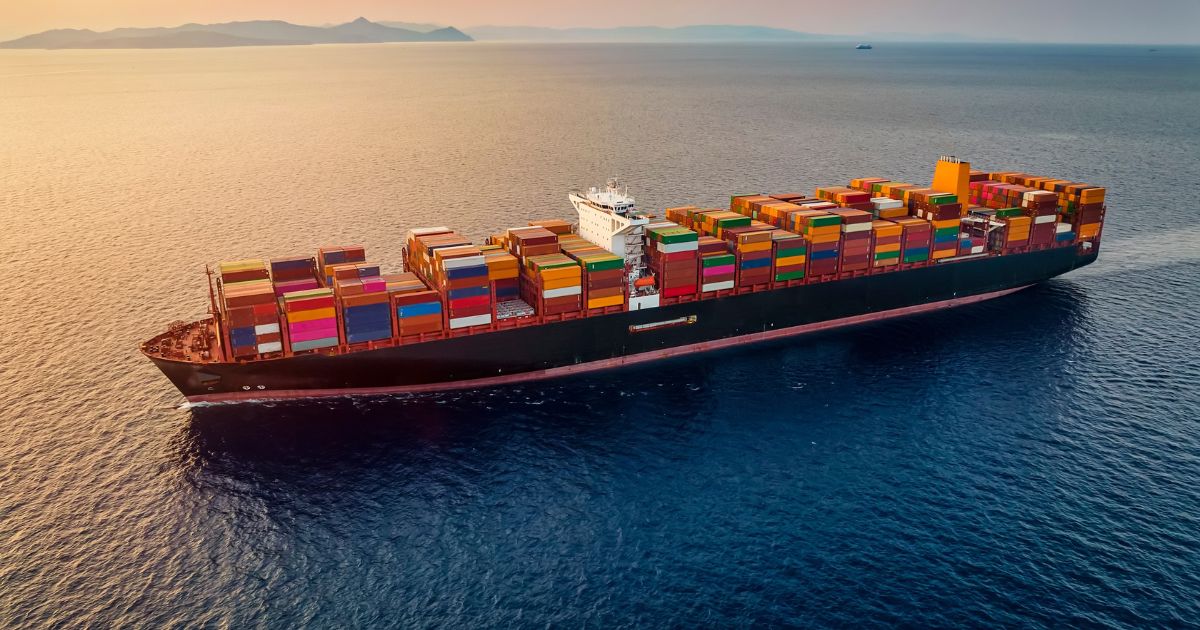
Top China Forwarder offers secure and efficient sea freight services from China to Norway, emphasizing reliability and cost-effectiveness. Trust us for seamless shipping solutions tailored to your needs.
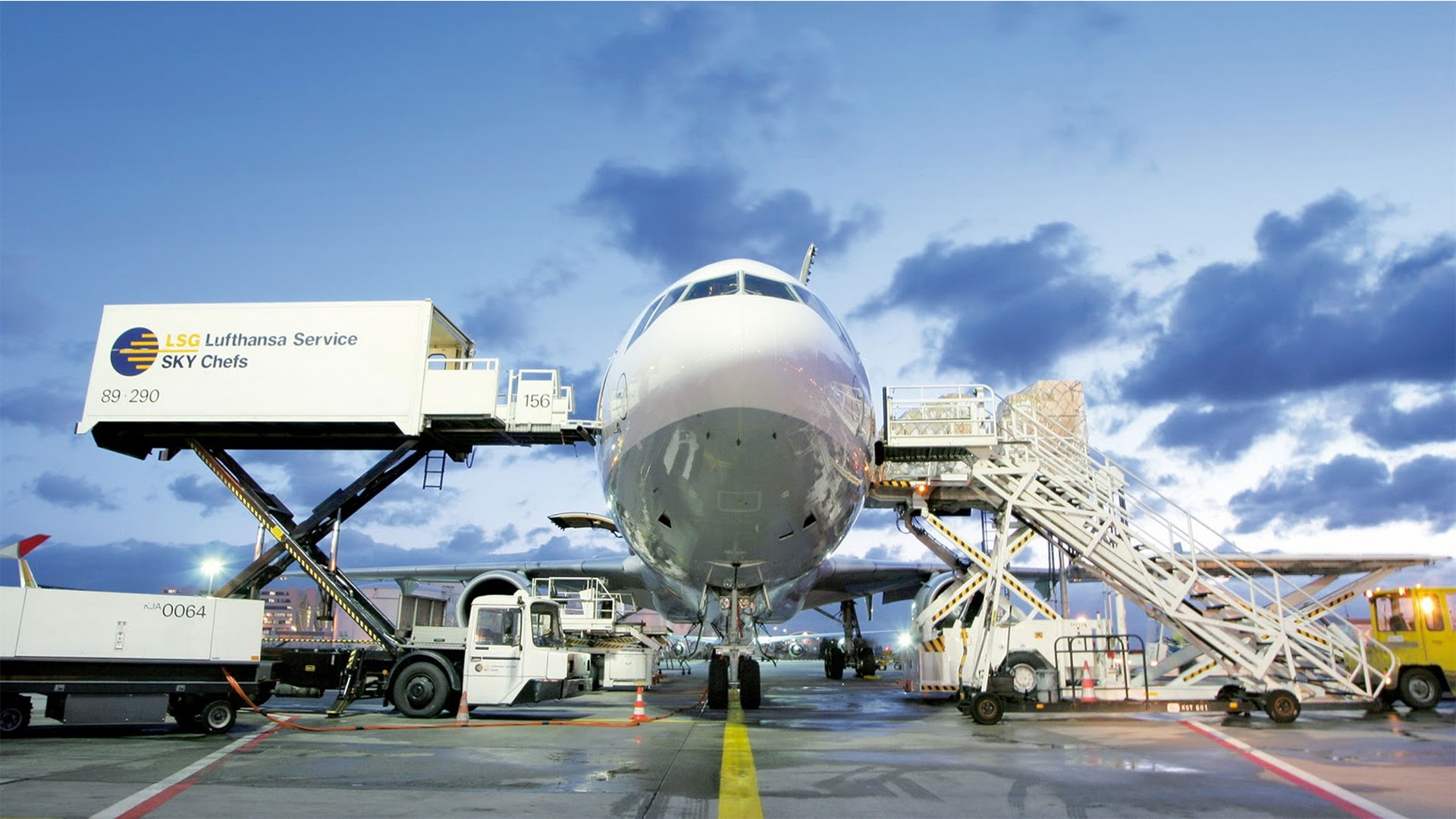
Top China Forwarder provides swift and reliable air freight services from China to Norway, ensuring efficiency and timely delivery. Trust our tailored solutions for your air cargo needs.
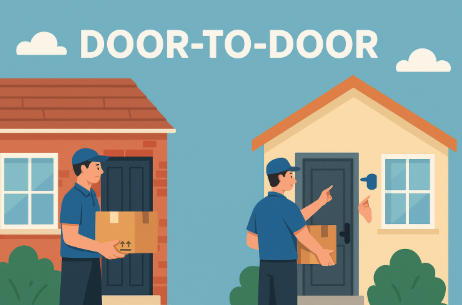
Top China Forwarder offers efficient and sustainable rail freight services from China to Norway, ensuring reliable delivery of goods. Trust our expertise for your shipping needs.
Top China Forwarder ensures secure and efficient Full Container Load (FCL) shipping from China to Norway. Our dedicated team provides tailored solutions to meet your specific shipping requirements, ensuring timely delivery and cost-effectiveness. Leveraging our extensive network and advanced technology, we prioritize security and transparency throughout the shipping process. Trust us for seamless FCL shipping solutions to Norway.
Top China Forwarder excels in Less than Container Load (LCL) shipping from China to Norway. We offer flexible and cost-effective options for smaller shipments, ensuring your cargo reaches its destination safely and on time. Our meticulous consolidation process and industry expertise guarantee secure transit and timely delivery. Choose Top China Forwarder for reliable LCL shipping services tailored to your needs.
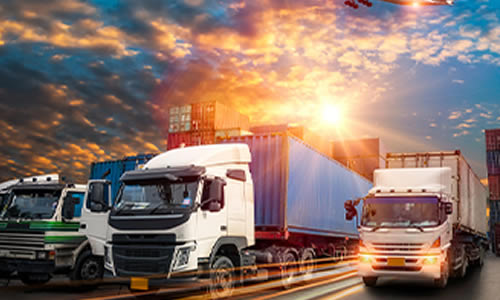
Top China Forwarder offers the most fuel-efficient pickup service across China.
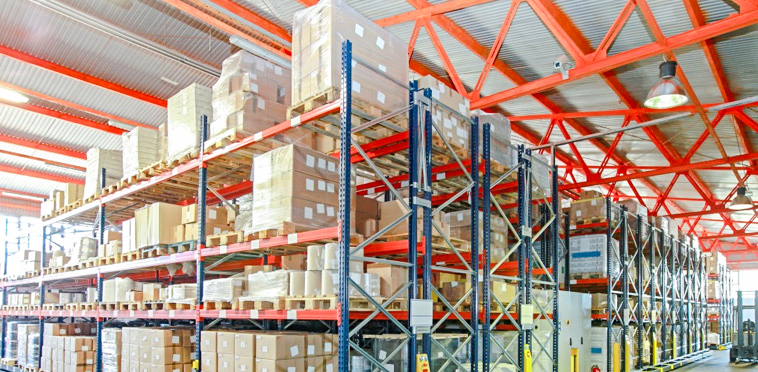
We provide free warehousing services, ensuring secure storage for your goods.
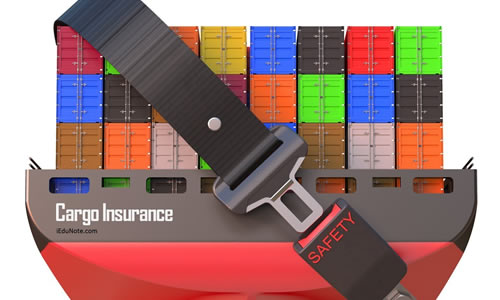
Our cargo insurance protects your goods all the way to any FBA Warehouse, providing peace of mind.
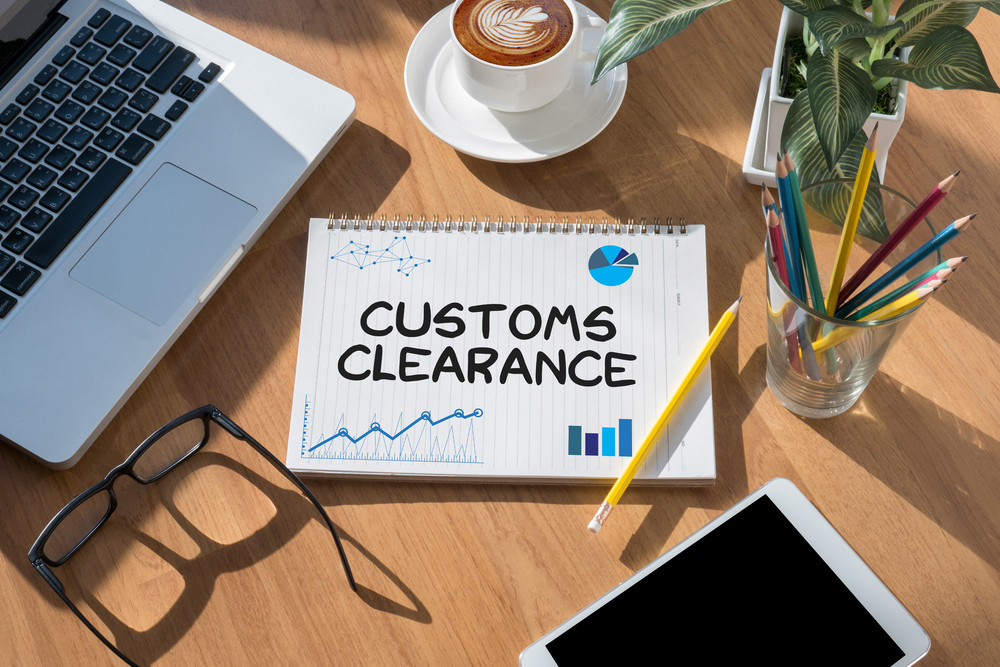
We handle all paperwork and details for smooth customs clearance.
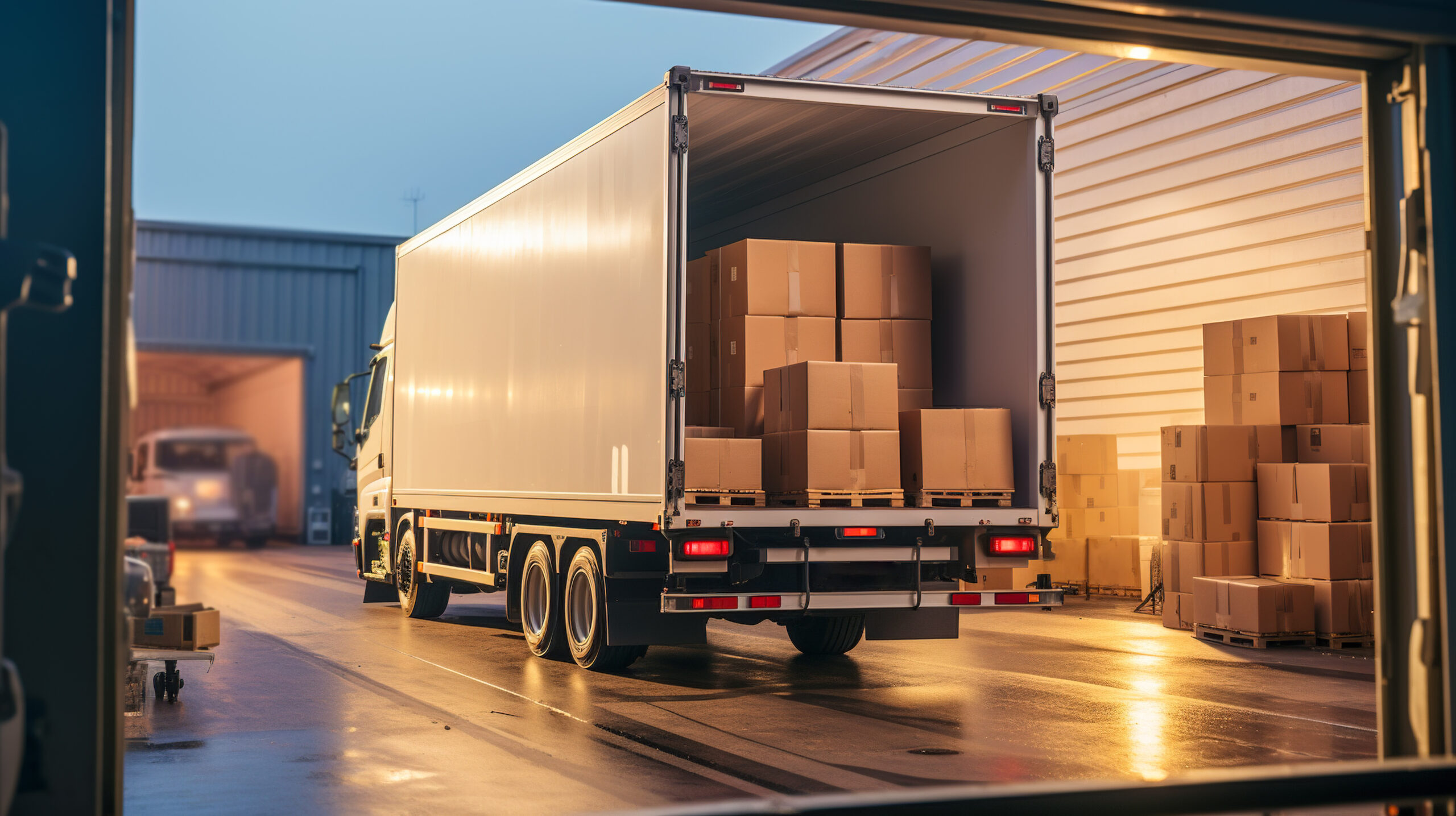
We ensure safe packaging and loading of goods at your suppliers' factories, guaranteeing secure transport.
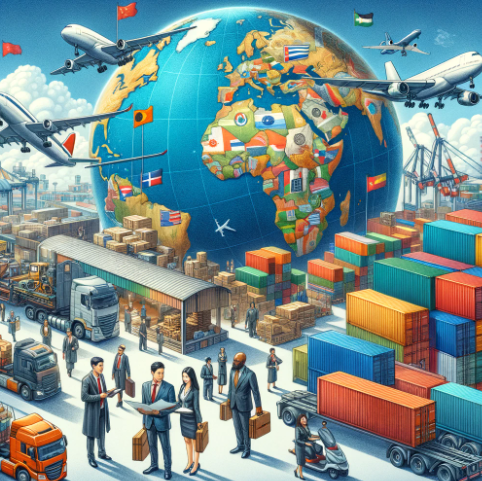
The duration for shipping from China to Norway can vary depending on several factors, including the mode of transportation, the specific origin and destination points, customs clearance procedures, and any unforeseen delays. Here's a general overview of the estimated transit times for different shipping methods:
Air Freight: Air shipping is the fastest mode of transportation, with transit times typically ranging from 1 to 7 days. However, this can vary based on factors such as the availability of direct flights, the frequency of service, and any delays in customs clearance.
Sea Freight (FCL): Full Container Load (FCL) sea freight shipments from China to Norway usually take between 20 to 40 days, depending on the shipping route, the specific ports of departure and arrival, and the shipping carrier's schedule.
Sea Freight (LCL): Less than Container Load (LCL) sea freight shipments, where multiple shipments are consolidated into a single container, may take slightly longer than FCL shipments due to the additional time required for consolidation and deconsolidation. Transit times for LCL shipments can range from 25 to 45 days.
Rail Freight: Rail transportation is becoming increasingly popular for shipping goods from China to Europe, including Norway. Rail freight transit times can vary depending on the specific route and the efficiency of rail networks but typically range from 10 to 20 days.
Truck Freight: For shipments originating from regions in China with direct road access to Europe, truck freight can be a viable option. Transit times for truck shipments depend on the distance traveled, road conditions, and any border crossing procedures but generally range from 15 to 25 days.
It's essential to consider these transit times when planning your shipments from China to Norway and to factor in additional time for customs clearance, documentation processing, and any potential delays. Working with reliable shipping carriers or freight forwarders can help ensure timely delivery and minimize transit time uncertainties.
The cost of shipping from China to Norway depends on several factors, including the mode of transportation, the size and weight of the shipment, the distance traveled, and any additional services required. Here's a breakdown of the main cost considerations for different shipping methods:
Air Freight: Air shipping is generally the most expensive mode of transportation but offers the fastest delivery times. The cost of air freight from China to Norway is calculated based on factors such as the weight and dimensions of the shipment, the chosen airline, fuel surcharges, and any additional services such as express delivery or temperature-controlled handling.
Sea Freight (FCL): Full Container Load (FCL) sea freight shipments involve renting an entire shipping container for exclusive use. The cost of FCL shipping from China to Norway depends on factors such as the size and type of container, the shipping route, port charges, customs fees, and any additional services such as insurance or door-to-door delivery.
Sea Freight (LCL): Less than Container Load (LCL) sea freight shipments involve consolidating multiple smaller shipments into a single container. The cost of LCL shipping is typically calculated based on the volume or weight of the cargo, the shipping distance, consolidation and deconsolidation fees, and any additional services required.
Rail Freight: Rail transportation is a cost-effective option for shipping goods from China to Europe, including Norway. The cost of rail freight depends on factors such as the distance traveled, the specific rail route, container type, and any additional services such as customs clearance or inland transportation.
Truck Freight: Truck transportation may be used for shipments originating from regions in China with direct road access to Europe. The cost of truck freight depends on factors such as the distance traveled, fuel prices, tolls, customs clearance fees, and any additional services required.
Overall, the cost of shipping from China to Norway can vary significantly depending on the chosen transportation mode, route, and specific shipment requirements. It's advisable to request quotes from multiple shipping providers or freight forwarders to compare costs and find the most cost-effective shipping solution for your specific needs. Additionally, consider factors such as transit times, reliability, and the level of service provided when evaluating shipping options.
Shipping from China to Norway involves several steps to ensure smooth and efficient transportation of goods. Here's a unique guide on how to ship from China to Norway:
Determine Shipping Method: Decide on the most suitable mode of transportation based on factors such as the type of goods, budget, urgency, and destination. Common options include air freight, sea freight (FCL or LCL), rail freight, and truck freight.
Choose a Shipping Provider: Research and select a reputable shipping company or freight forwarder with experience in handling shipments from China to Norway. Consider factors such as reliability, service quality, transit times, and pricing when choosing a provider.
Request a Freight Quote: Contact your chosen shipping provider to request a freight quote for your shipment. Provide detailed information about the size, weight, nature of the goods, pickup location in China, and destination in Norway to receive an accurate quote.
Prepare Your Shipment: Prepare your goods for shipping according to the requirements of your chosen transportation mode. Ensure proper packaging, labeling, and documentation to comply with shipping regulations and prevent damage during transit.
Complete Customs Documentation: Prepare and complete all necessary customs documentation, including a commercial invoice, packing list, bill of lading, certificate of origin, and any other required paperwork. Ensure that all documents are accurate, signed, and submitted to facilitate customs clearance.
Arrange Pickup or Delivery: Coordinate with your shipping provider to arrange for the pickup of your goods from the supplier's location in China or deliver them to the designated shipping facility. Confirm pickup details and provide any special instructions or requirements.
Track Your Shipment: Utilize tracking services provided by your shipping provider to monitor the status and location of your shipment throughout its journey from China to Norway. Stay informed about any updates, delays, or changes in transit.
Manage Customs Clearance: Work with your shipping provider to manage customs clearance procedures at both the origin and destination countries. Provide any additional documentation or information required by customs authorities to ensure smooth clearance of your goods.
Receive Your Shipment: Upon arrival in Norway, coordinate with your shipping provider to arrange for the pickup or delivery of your goods to the final destination. Ensure that all necessary paperwork is provided to the recipient to facilitate the receipt of the shipment.
Evaluate and Follow Up: After your shipment is delivered, evaluate the shipping process and performance of your chosen provider. Provide feedback and follow up on any outstanding issues or concerns to ensure a positive shipping experience for future shipments.
By following these steps and working closely with your chosen shipping provider, you can effectively ship goods from China to Norway while ensuring timely delivery and compliance with shipping regulations.
Arranging air freight from China to Norway involves several key steps to ensure efficient and timely transportation of goods. Here's a unique guide on how to arrange air freight:
Select a Freight Forwarder or Air Carrier: Research and select a reliable freight forwarder or air carrier with experience in handling air freight shipments from China to Norway. Choose a provider with a strong network, competitive pricing, and a reputation for reliability and quality service.
Request a Freight Quote: Contact your chosen freight forwarder or air carrier to request a freight quote for your air freight shipment. Provide detailed information about the size, weight, dimensions, and nature of the goods, as well as the pickup location in China and the destination in Norway.
Confirm Booking and Schedule: Once you've received a freight quote and reviewed the terms and conditions, confirm the booking and schedule for your air freight shipment. Ensure that all details are accurately documented, including the shipment's dimensions, weight, and special handling requirements.
Prepare Your Shipment: Prepare your goods for air freight according to the requirements of your chosen carrier and applicable regulations. Properly package, label, and secure the goods to ensure safe transportation and compliance with air cargo safety standards.
Complete Documentation: Prepare and complete all necessary documentation for your air freight shipment, including a commercial invoice, packing list, air waybill (AWB), and any other required paperwork. Ensure that all documents are accurate, signed, and submitted to facilitate customs clearance and transportation.
Arrange Pickup or Delivery: Coordinate with your freight forwarder or carrier to arrange for the pickup of your goods from the supplier's location in China or deliver them to the designated air cargo terminal. Confirm pickup details, packaging requirements, and any special instructions.
Track Your Shipment: Utilize tracking services provided by your freight forwarder or carrier to monitor the status and location of your air freight shipment in real-time. Stay informed about the shipment's progress, transit times, and estimated arrival at the destination in Norway.
Manage Customs Clearance: Work with your freight forwarder or carrier to manage customs clearance procedures at both the origin and destination airports. Provide any additional documentation or information required by customs authorities to ensure smooth clearance of your goods.
Receive Your Shipment: Upon arrival at the destination airport in Norway, coordinate with your freight forwarder or carrier to arrange for the pickup or delivery of your goods to the final destination. Ensure that all necessary paperwork is provided to the recipient to facilitate the receipt of the shipment.
Evaluate and Follow Up: After your air freight shipment is delivered, evaluate the shipping process and performance of your chosen provider. Provide feedback and follow up on any outstanding issues or concerns to ensure a positive air freight experience for future shipments.
By following these steps and working closely with your chosen freight forwarder or air carrier, you can efficiently arrange air freight from China to Norway while ensuring timely delivery and compliance with air cargo regulations.
Arranging sea shipping from China to Norway involves several essential steps to ensure smooth and efficient transportation of goods. Here's a unique guide on how to arrange sea shipping:
Select a Shipping Provider: Research and select a reputable shipping company or freight forwarder with experience in sea freight shipments from China to Norway. Consider factors such as reliability, service quality, transit times, and pricing when choosing a provider.
Request a Freight Quote: Contact your chosen shipping provider to request a freight quote for your sea freight shipment. Provide detailed information about the size, weight, dimensions, and nature of the goods, as well as the pickup location in China and the destination in Norway.
Choose a Shipping Route: Decide on the most suitable shipping route based on factors such as transit time, cost, and accessibility. Common shipping routes from China to Norway include routes through major ports such as Shanghai, Ningbo, or Qingdao to ports in Norway such as Oslo, Bergen, or Stavanger.
Select Container Type: Choose the appropriate container type for your sea freight shipment based on the size, volume, and nature of the goods. Common container types include standard dry containers, high cube containers, refrigerated containers (reefers), and open-top containers.
Prepare Your Shipment: Prepare your goods for sea shipping according to the requirements of your chosen container type and applicable regulations. Properly package, label, and secure the goods to ensure safe transportation and compliance with sea cargo safety standards.
Complete Documentation: Prepare and complete all necessary documentation for your sea freight shipment, including a commercial invoice, packing list, bill of lading (B/L), certificate of origin, and any other required paperwork. Ensure that all documents are accurate, signed, and submitted to facilitate customs clearance and transportation.
Arrange Pickup or Delivery: Coordinate with your shipping provider to arrange for the pickup of your goods from the supplier's location in China or deliver them to the designated port or container terminal. Confirm pickup details, container loading requirements, and any special instructions.
Track Your Shipment: Utilize tracking services provided by your shipping provider to monitor the status and location of your sea freight shipment throughout its journey from China to Norway. Stay informed about the shipment's progress, transit times, and estimated arrival at the destination port.
Manage Customs Clearance: Work with your shipping provider to manage customs clearance procedures at both the origin and destination ports. Provide any additional documentation or information required by customs authorities to ensure smooth clearance of your goods.
Receive Your Shipment: Upon arrival at the destination port in Norway, coordinate with your shipping provider to arrange for the pickup or delivery of your goods to the final destination. Ensure that all necessary paperwork is provided to the recipient to facilitate the receipt of the shipment.
By following these steps and working closely with your chosen shipping provider, you can effectively arrange sea shipping from China to Norway while ensuring timely delivery and compliance with sea cargo regulations.
Air shipping from China to Norway is typically preferred in the following situations:
Urgent Shipments: When goods need to be delivered quickly to meet tight deadlines or urgent customer demands, air shipping is the best option due to its fast transit times.
High-Value or Perishable Goods: Air shipping is suitable for high-value or perishable goods that require fast and secure transportation to minimize the risk of damage, theft, or spoilage.
Small or Lightweight Shipments: Air freight is cost-effective for small or lightweight shipments that do not justify the cost of a full container in sea freight. Airlines often offer competitive rates for smaller shipments.
Just-in-Time Inventory: For businesses practicing just-in-time inventory management, air shipping allows for rapid replenishment of stock levels, minimizing inventory holding costs and ensuring continuous supply chain operations.
Seasonal or Time-Sensitive Products: Products with seasonal demand or time-sensitive characteristics, such as fashion apparel, electronics, or promotional items, can benefit from air shipping to ensure timely availability in the market.
Emergency Spare Parts: When machinery or equipment breaks down unexpectedly, air shipping is ideal for transporting emergency spare parts to minimize downtime and production losses.
Prototype or Sample Shipments: Air shipping is suitable for transporting prototypes, samples, or small quantities of goods for testing, evaluation, or product launches.
Remote or Inaccessible Locations: Air shipping provides access to remote or inaccessible locations in Norway where sea or land transportation may be challenging or unavailable.
Customer Satisfaction: Offering fast delivery options through air shipping can enhance customer satisfaction and loyalty, especially for time-sensitive orders or premium services.
Market Testing or Product Launches: For businesses conducting market testing or launching new products, air shipping allows for quick distribution and feedback gathering, enabling faster market entry and adaptation strategies.
By considering these factors, businesses can determine when to use air shipping from China to Norway to optimize their supply chain efficiency, meet customer demands, and achieve their business objectives.
The amount of tax and duty you need to pay when importing goods from China to Norway depends on various factors, including the type of goods, their value, origin, and any applicable trade agreements or preferential tariff schemes. Here's a general overview of the taxes and duties commonly levied on imports into Norway:
Value Added Tax (VAT): Norway imposes a standard VAT rate of 25% on most imported goods. VAT is calculated based on the customs value of the goods, including the cost of the goods, shipping, insurance, and any applicable duties.
Customs Duties: Customs duties may apply to certain goods imported into Norway, depending on their classification under the Norwegian Customs Tariff. The customs duty rates vary depending on the type of goods and their origin, as well as any preferential tariff arrangements in place.
Excise Duties: Excise duties may apply to specific goods such as alcohol, tobacco, and certain types of energy products. The rates and applicable goods are outlined in the Norwegian Excise Tax Act.
Anti-dumping Duties: In cases where imported goods are found to be sold below their fair market value and cause material injury to domestic producers, anti-dumping duties may be imposed to offset the unfair competition.
Import Processing Fees: Norway may impose import processing fees or administrative charges for processing customs declarations and conducting customs clearance procedures.
Value Thresholds and Exemptions: Norway may have value thresholds or exemptions for certain goods, allowing for duty-free or reduced-duty importation up to a certain value limit. These thresholds and exemptions vary depending on the type of goods and their origin.
Trade Agreements: Norway is a member of the European Free Trade Association (EFTA) and has various trade agreements with other countries and trading blocs. These agreements may include preferential tariff rates or duty exemptions for imports from specific countries.
It's essential to consult the Norwegian Customs Authority or a qualified customs broker to determine the specific taxes and duties applicable to your imported goods and ensure compliance with Norwegian import regulations. Additionally, consider factors such as customs valuation methods, preferential trade agreements, and any available duty relief programs to minimize import costs and optimize your import strategy.
When deciding between Less than Container Load (LCL) and Full Container Load (FCL) shipping from China to Norway, consider these unique factors:
Volume Consistency: Opt for FCL if your shipment volume remains consistent or fills at least a significant portion of a container. FCL offers cost savings and efficiency for consistent volume shipments.
Cost Efficiency for Smaller Shipments: For irregular or smaller shipments, LCL can be more cost-effective as you share container space with other shippers, paying only for the space you use.
Time Sensitivity: If your goods require swift delivery, FCL is often faster as it doesn't involve waiting for other shipments to fill the container. LCL may result in longer transit times due to consolidation requirements.
Risk Management: FCL reduces handling risks as your goods remain in one container throughout the journey. If you're concerned about potential damage or loss, FCL offers greater security.
Flexibility Needs: LCL provides flexibility for businesses with varying shipment sizes or irregular schedules. It's suitable if your shipping needs fluctuate or if you prefer more flexible scheduling.
Cargo Characteristics: Fragile or sensitive goods may benefit from the dedicated space and reduced handling of FCL. LCL is suitable for sturdy, non-perishable items that can withstand consolidation.
Customs Considerations: Depending on customs regulations and documentation requirements, LCL or FCL may be more advantageous. Consult with your freight forwarder to ensure compliance.
Storage and Handling Infrastructure: Evaluate your warehouse and handling capabilities. FCL requires sufficient space for container loading and unloading, whereas LCL may require additional consolidation and deconsolidation processes.
Overall Logistics Strategy: Consider your long-term logistics strategy and business objectives. FCL may offer cost savings and efficiency for regular, high-volume shipments, while LCL provides flexibility and scalability for evolving shipping needs.
By carefully assessing these factors and aligning your choice with your specific shipping requirements and business goals, you can determine whether LCL or FCL is the most suitable option for shipping from China to Norway.
Tracking your shipment from China to Norway involves several steps to ensure real-time monitoring and visibility throughout the transit process:
Obtain Tracking Information: Upon booking your shipment with the freight forwarder or carrier, obtain the tracking information, including the tracking number, booking reference, or container number assigned to your shipment.
Use Online Tracking Tools: Most freight forwarders and carriers provide online tracking tools on their websites or through mobile apps. Use the provided tracking information to access the online tracking portal and monitor your shipment's status.
Check Tracking Updates Regularly: Monitor the tracking updates regularly to stay informed about your shipment's progress. Tracking updates may include information on the departure from the origin port, arrival at transshipment ports, customs clearance status, and estimated arrival at the destination port in Norway.
Utilize Automated Notifications: Some freight forwarders and carriers offer automated notification services via email or SMS, providing real-time updates on your shipment's status. Opt-in for these notification services to receive timely alerts about any changes or delays in your shipment's schedule.
Coordinate with Your Logistics Provider: Maintain communication with your freight forwarder or logistics provider throughout the shipping process. Inquire about any updates or concerns regarding your shipment and seek assistance in case of any issues or delays.
Track Customs Clearance Process: Monitor the progress of customs clearance procedures at both the origin and destination ports. Stay informed about any documentation requirements or customs inspections that may affect your shipment's transit time.
Coordinate with Destination Agent: If applicable, coordinate with the destination agent or customs broker in Norway to track the progress of customs clearance and delivery arrangements. Provide any necessary documentation or information to facilitate smooth customs clearance and delivery of your shipment.
Address Any Issues Promptly: In case of any discrepancies, delays, or issues with your shipment, address them promptly with your freight forwarder or carrier. Seek assistance in resolving any issues to minimize disruptions to your supply chain and ensure timely delivery of your goods.
By following these steps and leveraging available tracking resources and communication channels, you can effectively track your shipment from China to Norway and ensure transparency and visibility throughout the shipping process.
When shipping goods from China to Norway, you'll need to ensure that you have the necessary documentation in place to facilitate customs clearance and comply with import regulations. Here's a list of essential documents required for shipping:
Commercial Invoice: A detailed invoice that provides information about the goods being shipped, including description, quantity, value, and currency. The invoice should include the seller's and buyer's contact details, as well as the terms of sale (Incoterms).
Packing List: A packing list enumerating the contents of each package or container, including details such as dimensions, weight, and packaging materials. This document helps customs officials verify the contents of the shipment.
Bill of Lading (B/L): A legal document issued by the carrier or freight forwarder that serves as a receipt for the goods and a contract of carriage. The B/L includes details about the shipment, such as the consignor, consignee, destination, and shipping terms.
Certificate of Origin: A document certifying the country of origin of the goods. Depending on the trade agreement between China and Norway, a Certificate of Origin may be required to claim preferential tariff rates or duty exemptions.
Export License (if applicable): Certain goods may require an export license or permit from the Chinese authorities before they can be shipped out of the country. Check with the relevant government agencies to determine if your goods require an export license.
Customs Declaration Forms: Complete any required customs declaration forms for both the export from China and the import into Norway. These forms provide information about the nature, value, and intended use of the goods and help customs authorities assess duties and taxes.
Insurance Certificate: If you've purchased cargo insurance to cover the shipment against loss or damage during transit, provide a copy of the insurance certificate to the relevant parties.
Phytosanitary Certificate (if applicable): For certain agricultural or plant products, a phytosanitary certificate may be required to certify that the goods meet Norway's import requirements and are free from pests or diseases.
Other Documentation: Depending on the nature of the goods and specific import regulations, additional documentation may be required. This could include certificates of compliance, product specifications, or permits for regulated goods.
Ensure that all documents are accurately completed, signed, and submitted in a timely manner to avoid delays or issues with customs clearance. Work closely with your freight forwarder or customs broker to ensure that you have all the necessary documentation for shipping from China to Norway.
Operations deal with the way the vehicles are operated, and the procedures set for this purpose, and policies. In the transport industry, operat ions and ownership of infrastructure can be either country.
Initially I doubted their commitment whether they’ll be able to deliver it on time but they actually delivered it two days before the commitment. The executive was also very understanding. I received my items in a perfect state! Everyone should work with them.
I chose Top China Forwarder as I had confidence that would would deliver a great service. From when I booked to when the car arrived everything was easy. I could keep updated on progress with the tracking device. It was quick, efficient and the contact I had to get documents for pick up was no fuss and professional. It was a great experience.